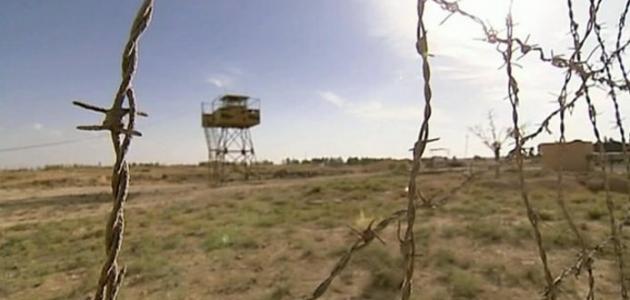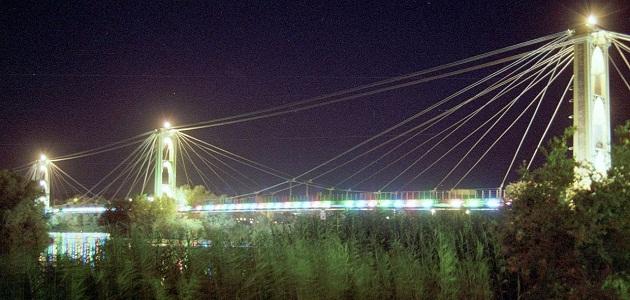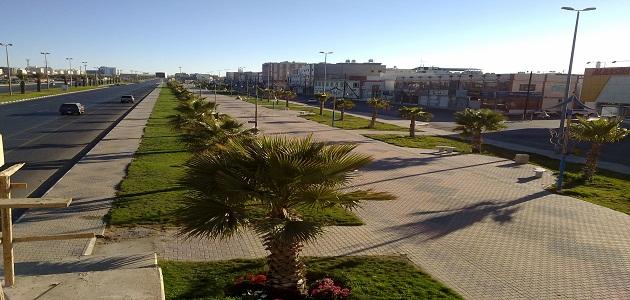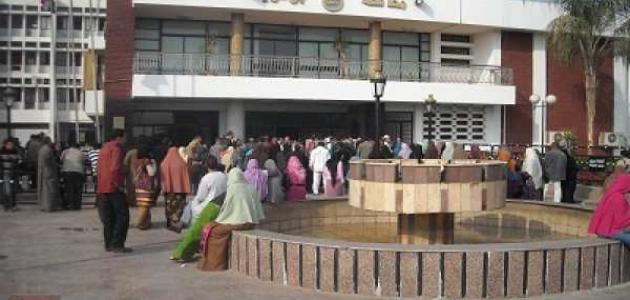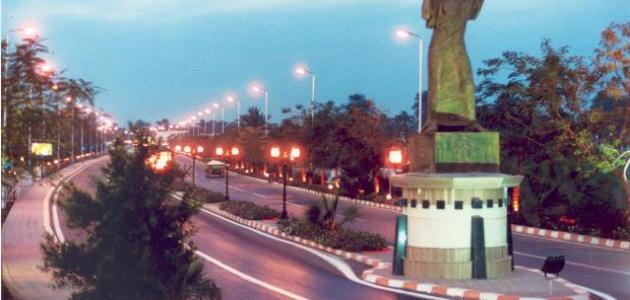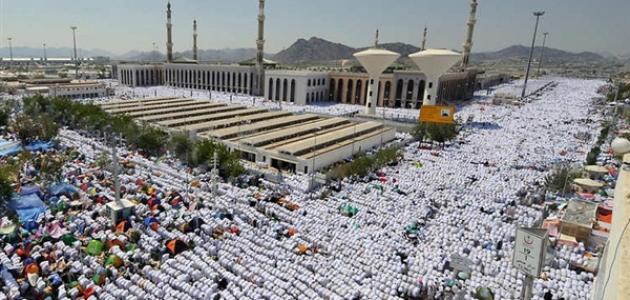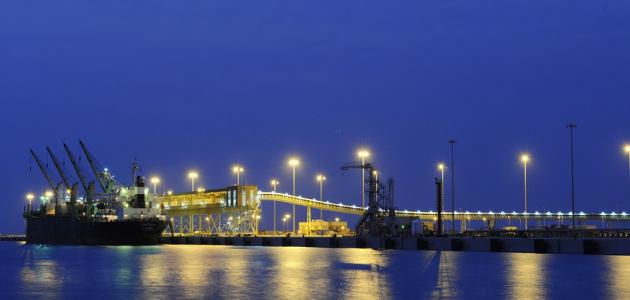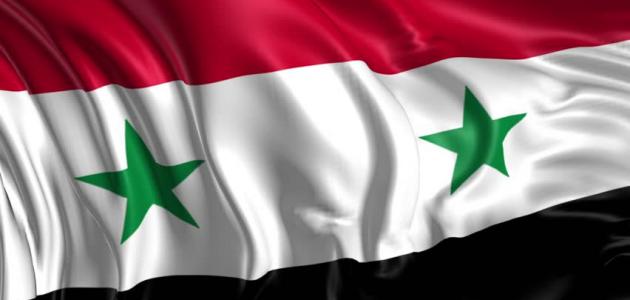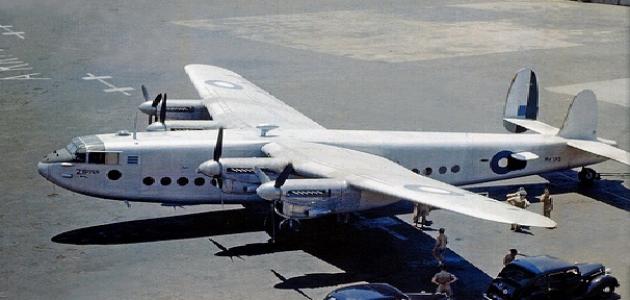Syria
Syria is officially called the Syrian Arab Republic, and it is the meeting point of the three continents: Asia, Europe, and Africa. It also mediates the main industrial and trade centers in Europe, and the oil production centers in the Arabian Gulf. Thus, it is distinguished by its strategic location in various respects. Syria is located geographically in the northeastern region of the Mediterranean Sea, and its coastline extends for a distance of 193 km. It has borders with five countries, as its land borders are 2363 km long. It is bordered by Jordan from the south with a distance of 379 km, Iraq from the east with a distance of 599 km, from the west with Lebanon with a distance of 403 km, from the north by Turkey with a distance of 899 km, and occupied Palestine with a distance of 83 km, and with regard to its astronomical location, it is located between latitudes 32-37 towards the north, and longitudes 35- 42 east.
area of Syria
The area of Syria is 185.180 kmXNUMX2, which is divided into 183.630 km2 land, and 1.550 km2 Water, and the percentage of agricultural land in it is 75.8%, and according to the statistics of 2011 AD, the Syrian lands are divided into arable land by 25.4%, and lands for permanent grazing by 44.6%, and the percentage of permanent crop lands is 5.8%, and forests spread in Syria by 2.7%, As for land with other uses, it amounts to 21.5%.
The capital of Syria and its provinces
There are 14 governorates in Syria, namely: Damascus, the governorates of Rif Dimashq, Quneitra, Daraa, As-Suwayda, Tartous, Hama, Homs, Aleppo, Deir Ezzor, Idlib, Lattakia, Raqqa, and Hasakah. The capital of Syria is the city of Damascus, and it is an ancient historical city as the oldest capital inhabited by humans. Since ancient times, it has been called the gateway to history. It was inhabited by people between 10.000-8000 years BC.
Read also:Information about countries of the worldThroughout the ages, Damascus was the capital of more than one country, and a center rich in cultures and human civilizations. To become the capital of the Umayyad state, which extended from the borders of the Pyrenees Mountains in Europe to Central Asia and the borders of China.
Syria's population
The population of Syria is approximately 18.028.549 people, according to the statistics of 2016 AD, and thus Syria ranks sixty-third among the countries of the world in terms of population, and the population density is the highest possible along the Mediterranean coast, and the population is concentrated in the main cities, such as: Damascus, Homs, and Aleppo, which is the largest city in Syria, and more than half of Syria's population lives in the coastal plains and in the Aleppo district.
As for the population growth rate in Syria, it is about 7.9%, and the birth rate is about 21.2 births per 1000 people, while the death rate is 4 deaths per 1000 people. Ages are distributed in the following proportions represented in the 2017 estimates:
- 14-0 years: Their percentage is 31.62%, of whom 2.923.814 are males and 2.777.073 are females.
- 24-15 years old: Their percentage is 19.54%, of whom 1.790.360 are males and 1.732.694 are females.
- 54-25 years old: Their percentage is 39.22%, of whom 3 are males and 522.653 are females.
- 64-55 years old: Their percentage is 5.41%, of whom 482.576 are males and 493.085 are females.
- 65 years and over: Their percentage is 4.21%, of whom 342.407 are males and 416.347 are females.
Syria's economy
There are various industries in Syria that contribute to supporting the Syrian economy, such as: textile industry, food, tobacco, mining, cement, phosphorus, and car assembly. Cotton, olives, wheat, barley, sugar, beets, and lentils are grown in Syria, and mutton is also produced. , eggs, and milk.
Read also:Where is Almaza Airport located?Syria climate
Most regions of Syria are dominated by a hot and dry climate in summer; That is, in the period from June to August, while in the coastal areas it is hot and humid, and it is moderate in the highlands, and in the winter the weather is cold and rainy with snow falling on the highlands in the period from December to February.
An overview of the history of Syria
In the year 2300 BC, Syria fell under the rule of the Hittites, the Sumerians, and the Akkadians, then it was ruled by the Pharaohs during the reign of Thutmose III in the period 1490-1436 BC, then it was ruled by the Assyrians, the Babylonians, and the Chaldeans under the rule of Nebuchadnezzar of Chaldea, and it remained under his rule until it submitted to the Persians After their invasion of it, and that was in the period 539-538 BC, then it was ruled by the Seleucids, then the Romans, then the Persians, and finally the Byzantines in the year 629 AD under the leadership of Heraclius, then it was ruled by the Umayyad Islamic Caliphate for a period of 19 years; At that time, Damascus was the capital of the Islamic state, but in the Abbasid era, Syria was neglected due to the transfer of the capital of the Abbasid caliphate to Baghdad, and it remained neglected until it was occupied by the Tulunids in 780 AD, then the Fatimids in 969 AD, then Salah al-Din al-Ayyubi conquered it, and after that it was ruled by the Seljuks, and that was in In 1070 AD.
In the year 1146 AD, Nur al-Din Zangi established the Nuri state, and made Aleppo its capital, then entrusted his son, the good Ismail, with its rule, and ruled it for 11 years, and in the year 1147 AD, King Nasser Salah al-Din al-Ayyubi established the Ayyubid kingdom, which lasted until the year 1193 AD and ended with his death, and in the year 1260 AD The Mongols were expelled from Syria by Saif al-Din Qutuz, and it was subjected to the rule of the Mamluks, and in the year 1561 AD it was ruled by the Ottomans, led by Selim I, then it was subject to French occupation, and after many confrontations and resistances, a constituent assembly was formed headed by Hashim al-Atassi, and Sheikh Taj al-Din al-Hasani, who died in 1942, assumed the presidency of Syria. XNUMX AD, then Shukri Al-Quwatli assumed the presidency.
Read also:Where is Safed located?After the end of World War I, France occupied the northern part of Syria, and the French continued to control the region until 1946 AD, when Syria was granted its independence, and the region was exposed at that time to many military coups. due to its lack of political stability, and in 1958 AD Egypt and Syria united under the name of the United Arab Republic, and the union continued until 1961 AD; The Syrian Arab Republic was re-established.
